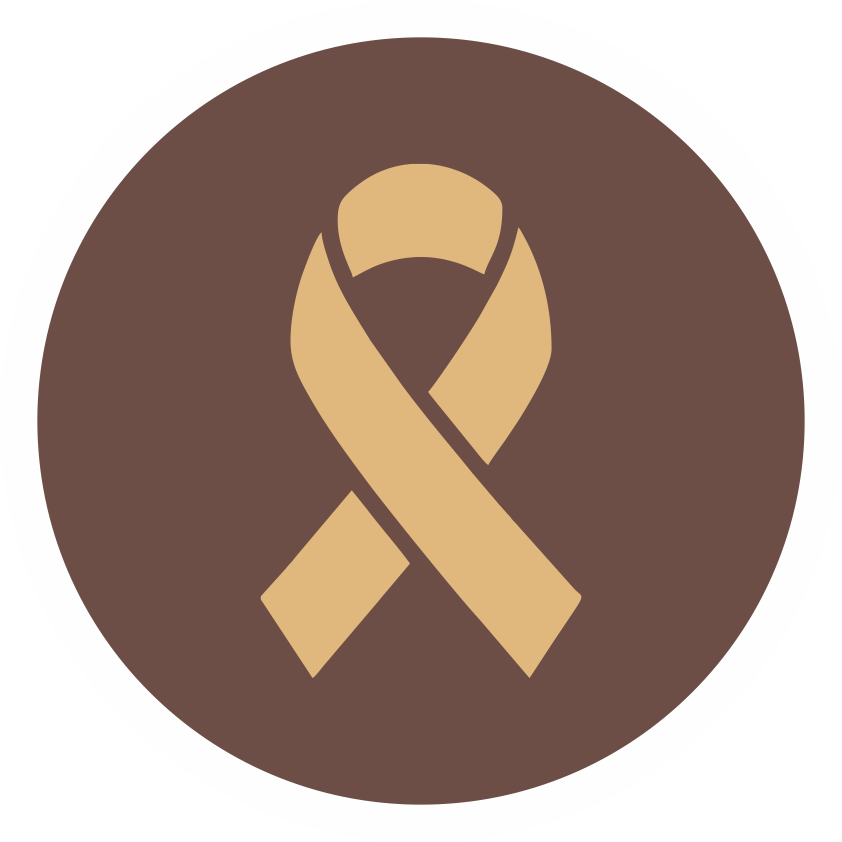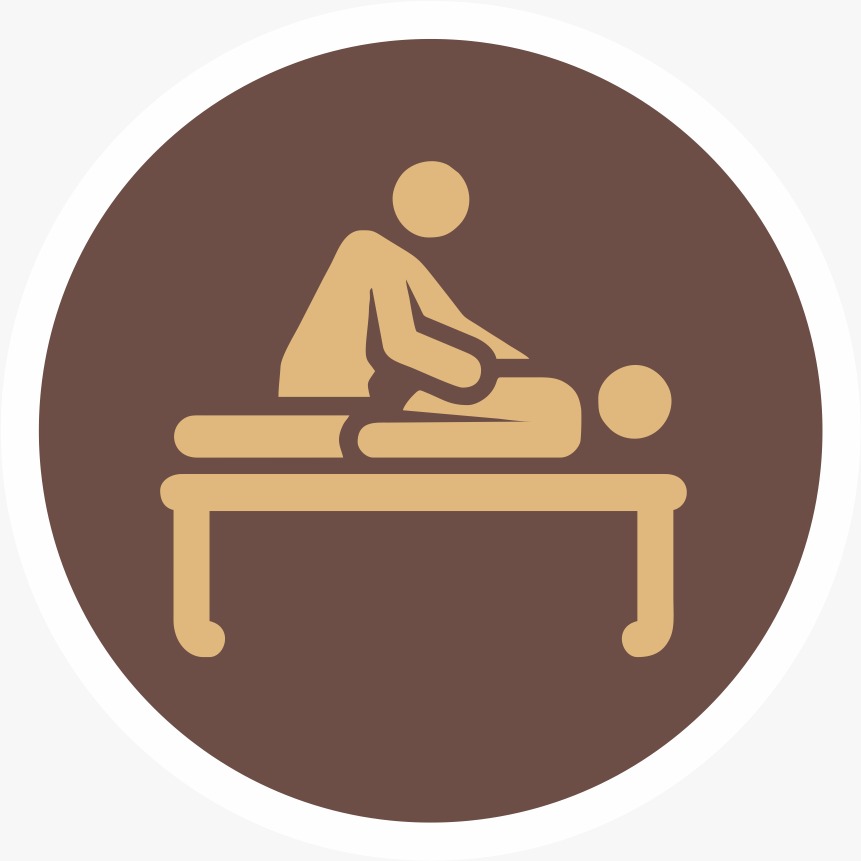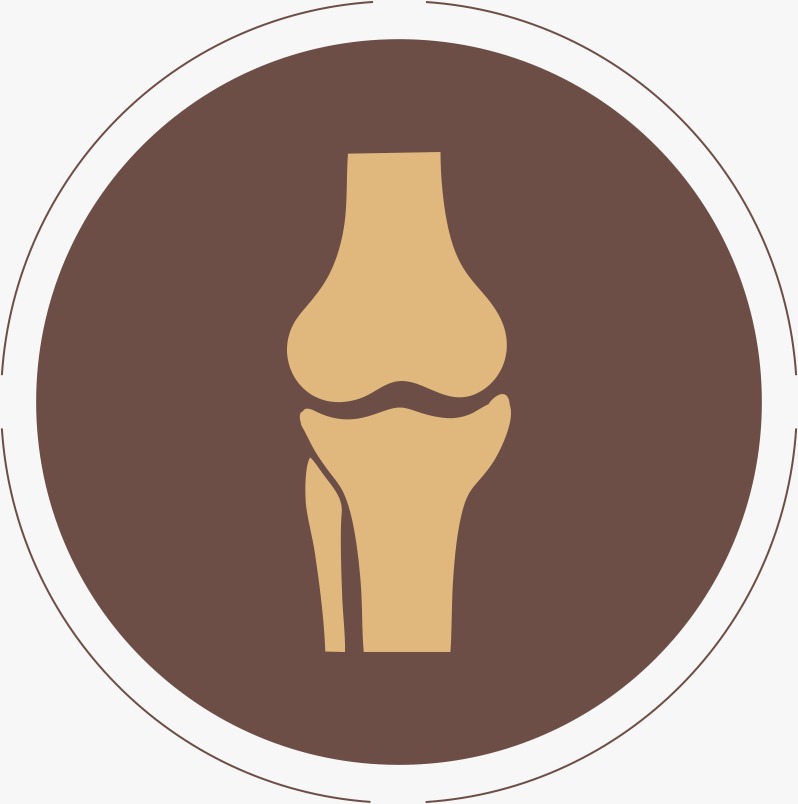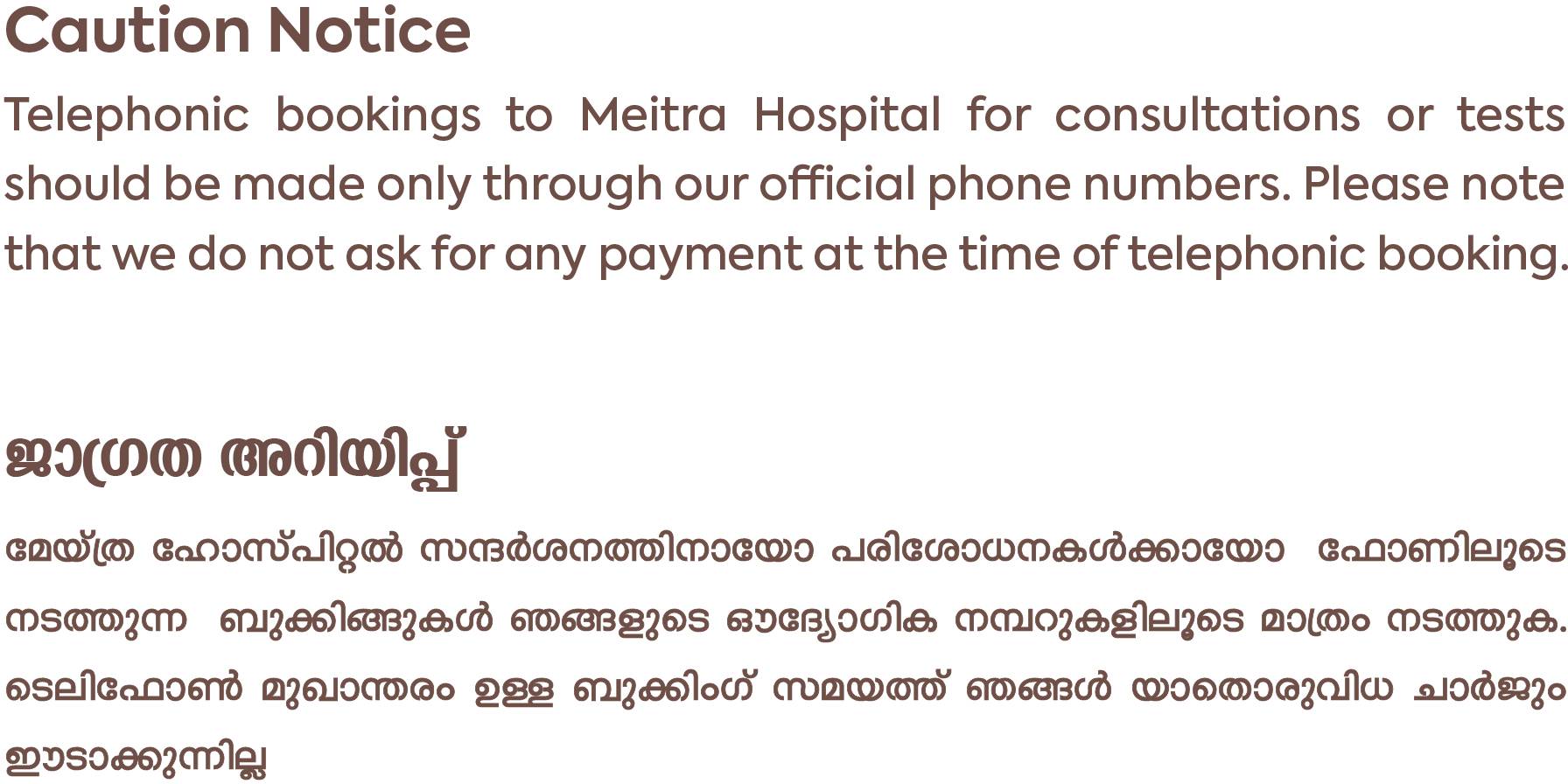- Our Doctors
- Our Specialities
Centres of Excellence
-
 Centre for Blood Diseases, BMT & Cancer Immunotherapy
Centre for Blood Diseases, BMT & Cancer Immunotherapy -
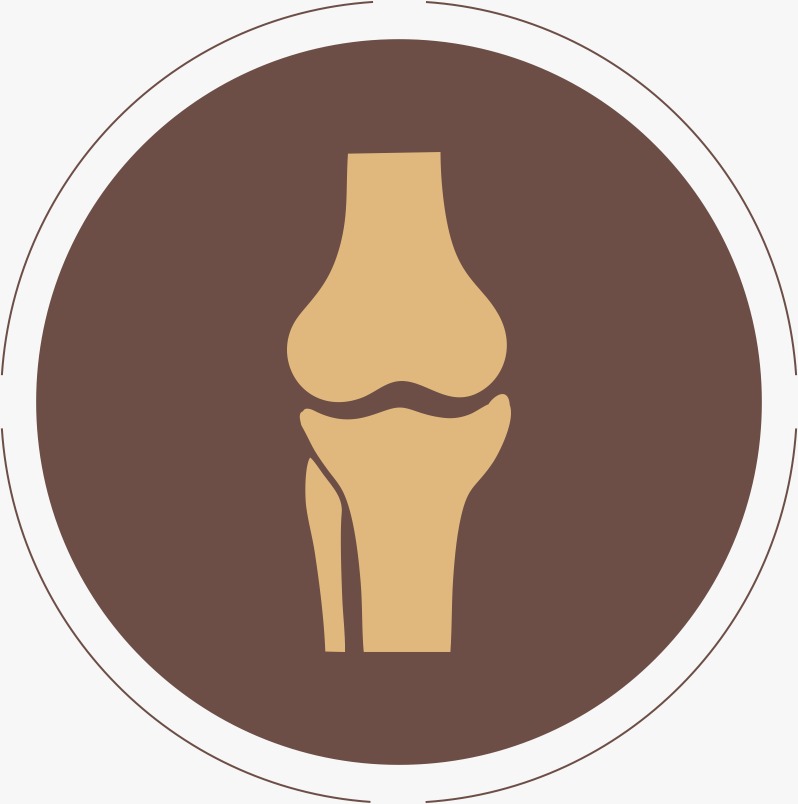 Centre for Bone, Joint & Spine
Centre for Bone, Joint & Spine -
 Centre for Critical Care Medicine and ECMO Services
Centre for Critical Care Medicine and ECMO Services -
 Centre for Gastrosciences
Centre for Gastrosciences -
 Centre for Heart & Vascular Care
Centre for Heart & Vascular Care -
 Centre for Nephro-Urosciences
Centre for Nephro-Urosciences -
 Centre for Neurosciences
Centre for Neurosciences -
 Centre for Obstetrics and Gynaecology
Centre for Obstetrics and Gynaecology -
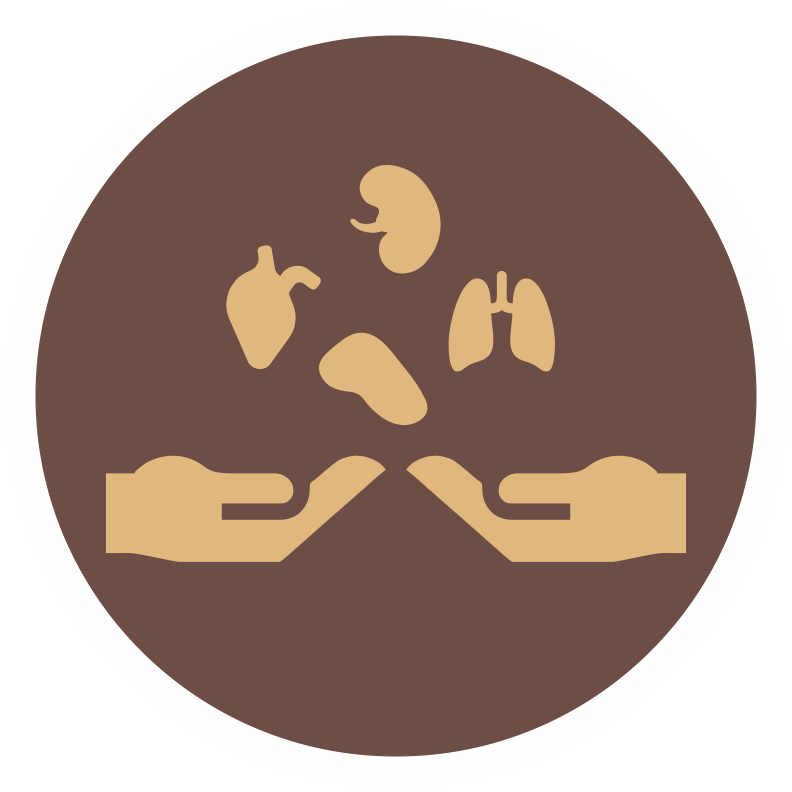 Centre for Organ Transplantation
Centre for Organ Transplantation
Super Speciality
-
 Advanced Diagnostic and Interventional Radiology
Advanced Diagnostic and Interventional Radiology -
 Anesthesiology & Pain Management
Anesthesiology & Pain Management -
 Clinical Nutrition and Dietetics
Clinical Nutrition and Dietetics -
 Dental and Maxillofacial Surgery
Dental and Maxillofacial Surgery -
 Dermatology
Dermatology -
 Emergency and Trauma
Emergency and Trauma -
 Endocrinology and Metabolic Disease
Endocrinology and Metabolic Disease -
 ENT and Head & Neck Surgery
ENT and Head & Neck Surgery -
 Family Medicine
Family Medicine -
 General and Laparoscopic Surgery
General and Laparoscopic Surgery -
 General Medicine
General Medicine -
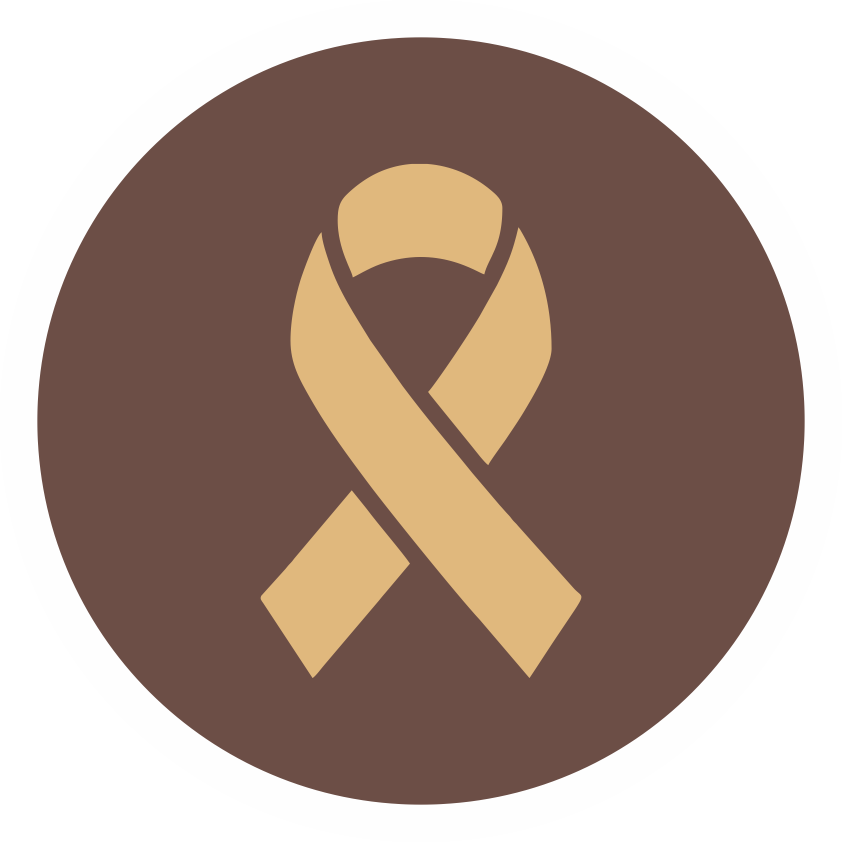 GI Onco Surgery
GI Onco Surgery -
 GI Oncology
GI Oncology -
 GI Surgery, Advanced Laparoscopy and Gastro Oncosurgery
GI Surgery, Advanced Laparoscopy and Gastro Oncosurgery
-
- Key Procedures
- Our Hospitals
- International Patient
- Contact us
-
Quick Links


Cervical Disc
Cervical disc disease, also known as cervical spondylosis, is a condition that affects the discs in the neck, causing pain and other symptoms. The cervical discs are located between the vertebrae in the neck and act as shock absorbers, providing flexibility and movement to the neck. Cervical disc disease is a condition that affects the discs in the neck, which can cause pain, numbness, and weakness in the neck, shoulders, arms, and hands. The cervical discs act as shock absorbers between the vertebrae in the neck and provide flexibility and movement to the neck.
Symptoms: Some common symptoms of cervical disc problems include:
- Neck pain and stiffness
- Radiating pain in the shoulders, arms, and hands
- Numbness or tingling in the fingers, hands, or arms
- Weakness in the arms or hands
- Limited range of motion in the neck
- Headaches, especially at the back of the head
- Muscle spasms in the neck and shoulders
- Loss of coordination and balance
- Difficulty walking or standing for extended periods
- Difficulty with fine motor skills, such as writing or buttoning clothes
Causes: Cervical disc problems can be caused by a variety of factors. Some common causes of cervical disc problems include:
- Age-related wear and tear: As we age, the cervical discs lose water and become less flexible, which can cause them to degenerate or herniate.
- Injury or trauma: A sudden impact to the neck, such as a fall or a car accident, can cause the cervical discs to rupture or herniate.
- Repetitive strain: Overuse of the neck, such as from repetitive motions or poor posture, can cause the cervical discs to wear out over time.
- Genetics: Some people may be more susceptible to cervical disc problems due to genetics or inherited traits.
- Medical conditions: Certain medical conditions, such as arthritis, osteoporosis, or spinal stenosis, can increase the risk of cervical disc problems.
Treatments
Treatment and surgeries for cervical disc problems depend on the severity and underlying cause of the condition. Some common options include
Meet Our Doctors
Frequently Asked Questions
How are cervical disc problems diagnosed?
Cervical disc problems are typically diagnosed through a physical examination, medical history, and imaging tests such as X-rays, MRI scans, and CT scans.
How can cervical disc problems be prevented?
Cervical disc problems can be prevented by maintaining good posture, practicing proper lifting techniques, and avoiding repetitive motions that can strain the neck and upper back. Additionally, staying active and maintaining a healthy weight can help prevent degenerative disc disease.
What is the recovery time for cervical disc surgery?
Recovery time for cervical disc surgery varies depending on the type of surgery performed and the individual patient. Generally, recovery can take several weeks to several months, with physical therapy and rehabilitation often recommended to aid in the recovery process.

 +91 9393 108 108
+91 9393 108 108


